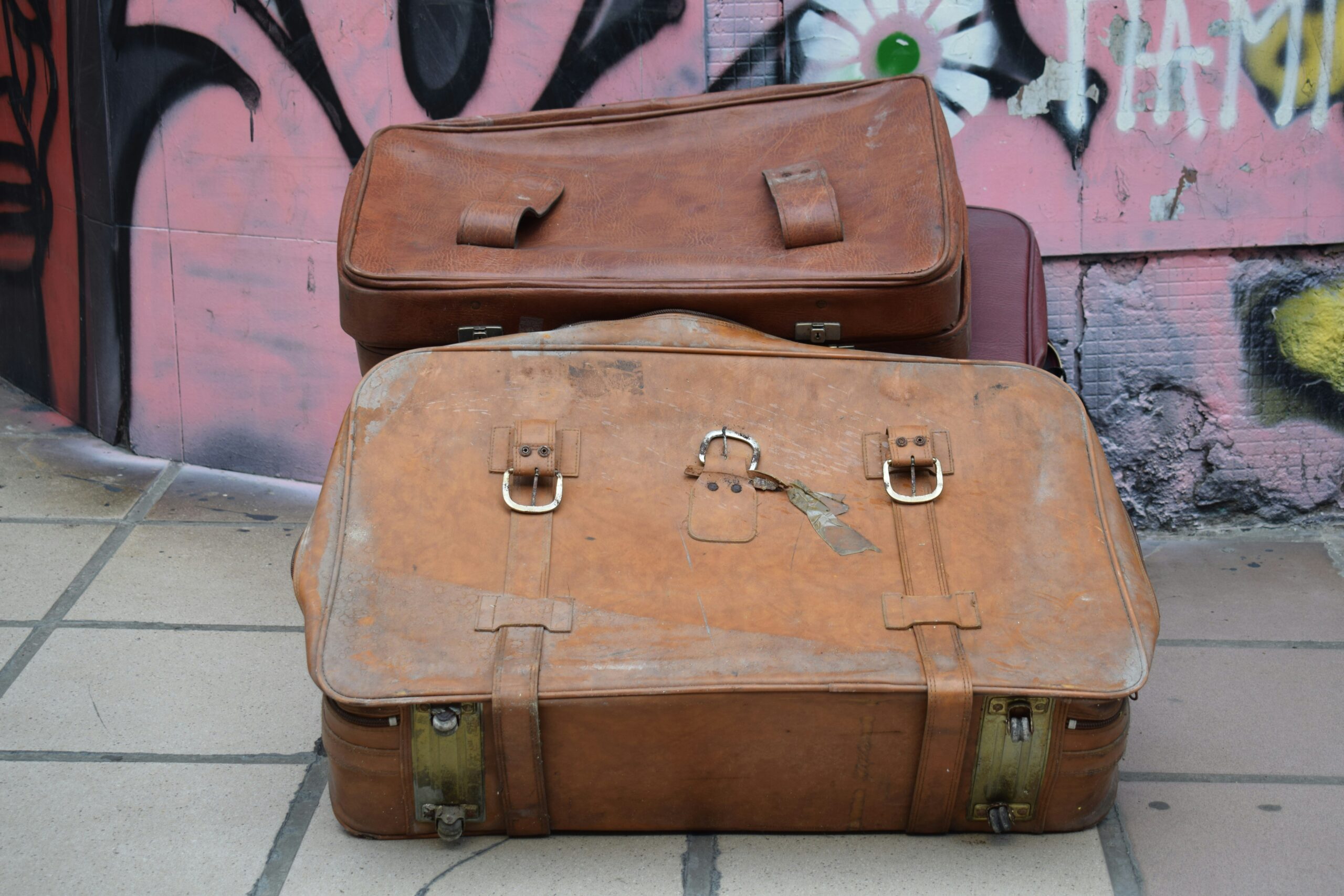Ever found yourself stranded in an airport, staring at your once-pristine suitcase now resembling a jigsaw puzzle? Yeah, us too. If that damaged shell held all your essentials for a dream vacation or work trip, you know the sinking feeling. What if we told you there’s a way to get reimbursed for those repairs—or even upgrades? Let’s dive into how baggage insurance and clever financial planning can save the day.
This article unpacks everything from understanding baggage insurance coverage to mastering claims processes. You’ll learn:
- What “Damaged Baggage Repair Reimbursement” really means.
- Step-by-step instructions on filing a claim like a pro.
- Tips to maximize your chances of approval (and avoid rookie mistakes).
- Real-life examples of travelers who nailed it—and what you can steal from their playbook.
Table of Contents
- Key Takeaways
- Why Damaged Baggage Is More Than Just an Annoyance
- How to File for Damaged Baggage Repair Reimbursement
- Best Practices for Maximizing Your Claim
- Case Studies: Real People, Real Success
- Frequently Asked Questions About Baggage Insurance Claims
Key Takeaways
- Baggage insurance often covers damages beyond repair, including replacement costs.
- Filing promptly and thoroughly is crucial—don’t procrastinate!
- Document EVERYTHING: photos, receipts, communication logs.
- Not all policies are created equal; read the fine print before purchase.
- Knowing airline rules versus insurance benefits helps avoid confusion.
Why Damaged Baggage Is More Than Just an Annoyance
“The suitcase didn’t break—it evolved,” said no one ever when staring at a cracked zipper mid-terminal chaos. The truth is, damaged baggage isn’t just inconvenient; it can derail entire trips. From missing important documents to losing irreplaceable souvenirs, the stakes are high.
And here’s where things get tricky. Airlines usually provide limited liability for checked luggage mishaps, capped at $3,800 per passenger internationally (thanks, Montreal Convention) but only around $1,800 domestically. Sounds decent until you realize most claims end up being significantly underpaid—or denied altogether.

Optimist You: “But my credit card includes travel insurance!”
Grumpy Me: “Yes, IF you actually meet the eligibility requirements.” Many people overlook activation steps like paying for tickets with the specific card or registering within deadlines. This microniche detail matters—a lot.
How to File for Damaged Baggage Repair Reimbursement
Filing a claim doesn’t have to feel like navigating a maze blindfolded. Follow these steps to ensure you’re covered:
Step 1: Assess the Damage Immediately
Don’t wait till you’re home to check your bag! Report any visible damage at the airport’s baggage service desk right away. Get written confirmation—even if they promise swift action.
Step 2: Review Your Policy Details
Pull out that policy document or dig into your credit card perks. Look for sections titled “Lost/Delayed/Damaged Baggage” to confirm what’s covered. Pay attention to exclusions like pre-existing wear-and-tear.
Step 3: Gather Evidence
Snap clear photos of both the damage AND your original receipt proving its value. Bonus points if you’ve got pictures of your bag from BEFORE the flight—they might come in handy later.
Step 4: Submit Your Claim ASAP
Filing deadlines vary by provider, ranging from 24 hours to weeks. Don’t miss yours! Fill out forms meticulously, attaching all supporting evidence.
Best Practices for Maximizing Your Claim
- Avoid Bad Timing: Optimize your submission window—early enough to beat deadlines, late enough to include all necessary info.
- Call Customer Support: Sometimes human interaction speeds up the process. Ask directly about expedited options.
- Track Everything: Use email over phone calls whenever possible so you have records.
- Ignore This ONE Tip: Never exaggerate the severity of damage. Insurers aren’t stupid—they’ll investigate further.
Case Studies: Real People, Real Success
Meet Sarah T., whose designer carry-on split open during a layover. Thanks to her premium credit card coverage and meticulous documentation (photos + receipts), she received $750 toward repairs plus a bonus voucher for future purchases.
On the flip side, John L. learned the hard way after ignoring his policy’s requirement to notify airlines immediately upon discovering damage. His claim was flat-out rejected due to missed deadlines—an avoidable tragedy.

Frequently Asked Questions About Baggage Insurance Claims
Does My Credit Card Cover Baggage Issues?
Most premium cards offer some level of protection, but terms differ wildly. Check specifics under “Travel Protections” or consult customer support.
Can I File Through Both Airline AND Insurance?
Nope. Double-dipping violates most policies. Choose one route based on potential payout limits.
Help! They Denied My Claim!
Appeal the decision with additional evidence or escalate via higher-ups. Persistence pays off sometimes.
Conclusion
Nobody plans for their cherished Louis Vuitton holdall to return looking worse than week-old spaghetti. Yet knowing your rights and leveraging resources like baggage insurance transforms frustration into empowerment. Remember:
- Familiarize yourself with your policy before traveling.
- Act fast when issues arise.
- Stay calm throughout negotiations—you’ve got this.
Like threading life jackets while trying not to panic during turbulence, handling baggage reimbursement takes practice. But unlike turbulence, this skill leaves you wiser—and richer—for next time.
Haiku Time:
Broken zippers cry,
Photos and forms bring hope back,
Peace of mind restored.

